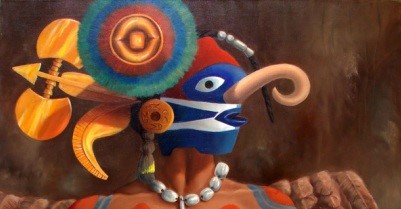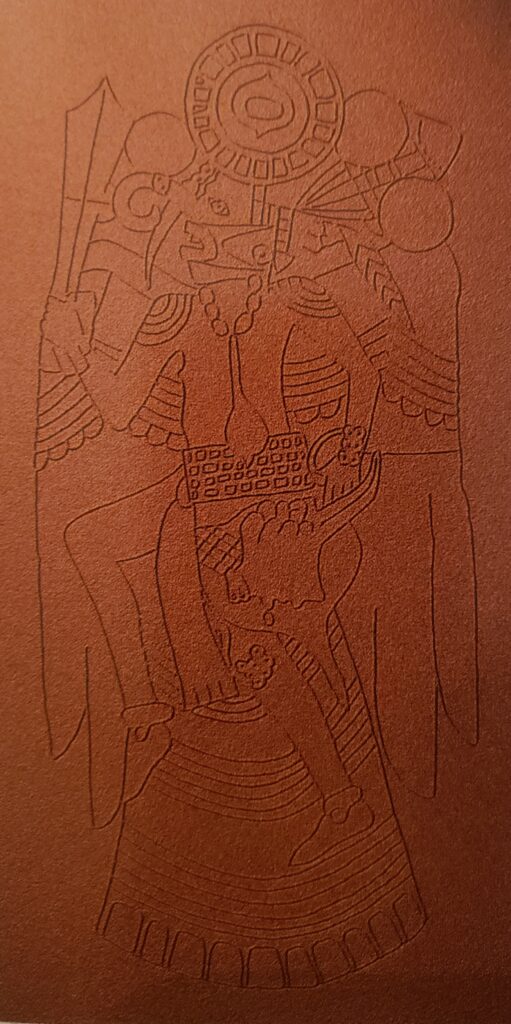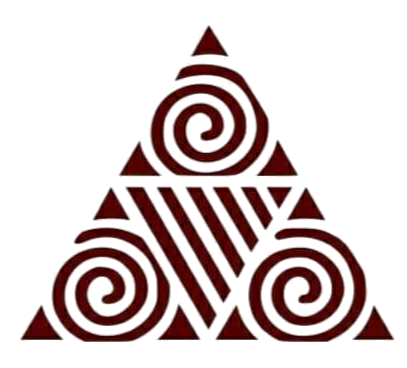
Birdman Dancer

The late prehistoric Apalachee shared with other Mississippian societies is nowhere more apparent than at the paramount center at Lake Jackson. The platform mound complex originally consisted of seven large earthen mounds that are similar to those at other Mississippian sites. The shared warfare complex can be seen in the special insignia worn by and buried with chiefs at Lake Jackson, such as repousse’ copper breastplates, engraved shell artifacts, and copper and stone celts. A “birdman dancer” design found on one of the copper breastplates from Lake Jackson incorporates birds of prey, commonly used as design elements by Mississippian peoples. Many of the artifacts recovered at Lake Jackson center were manufactured outside of the area and are made from nonlocal materials. These objects were intended to identify chiefs, remind others of their power, and separate the elite from commoners. In contrast with the elaborate mound burials in pits outside of their houses.
Although the Apalachee were clearly linked to other Mississippian societies, they interacted with other groups as well. Evidence of other cultural contacts can be seen in the distribution of ceramic styles shared by the Apalachee among the natives peninsular Florida and among those along the Gulf Coast of northwest Florida.
(The Apalachee Indians and Mission San Luis, pg.16, Hann/McEwan)
